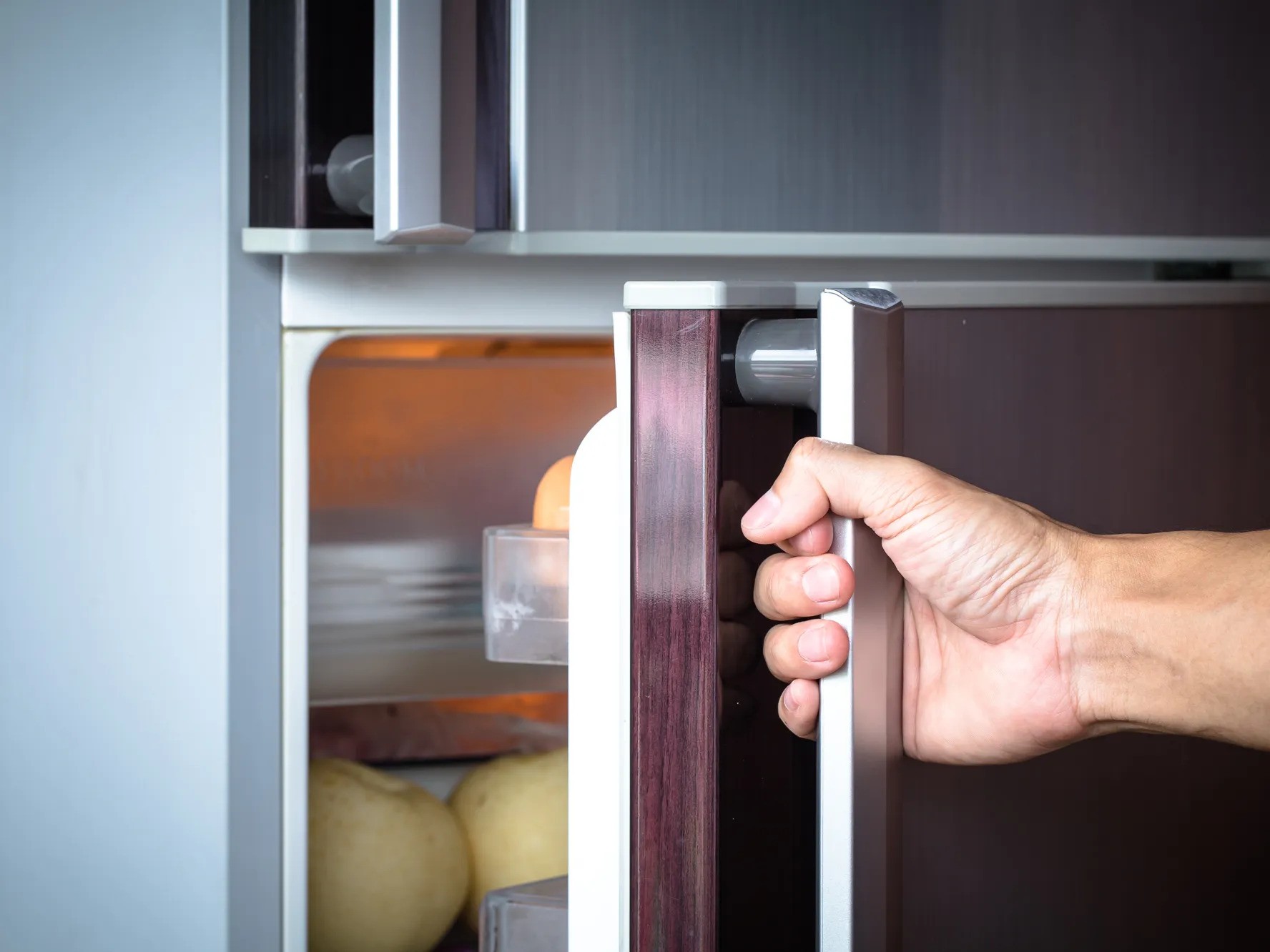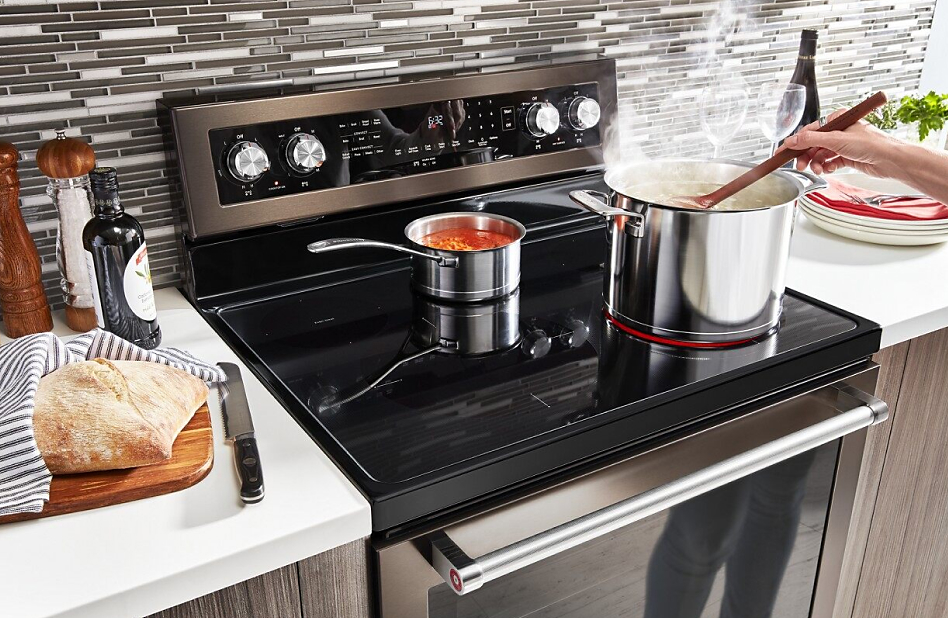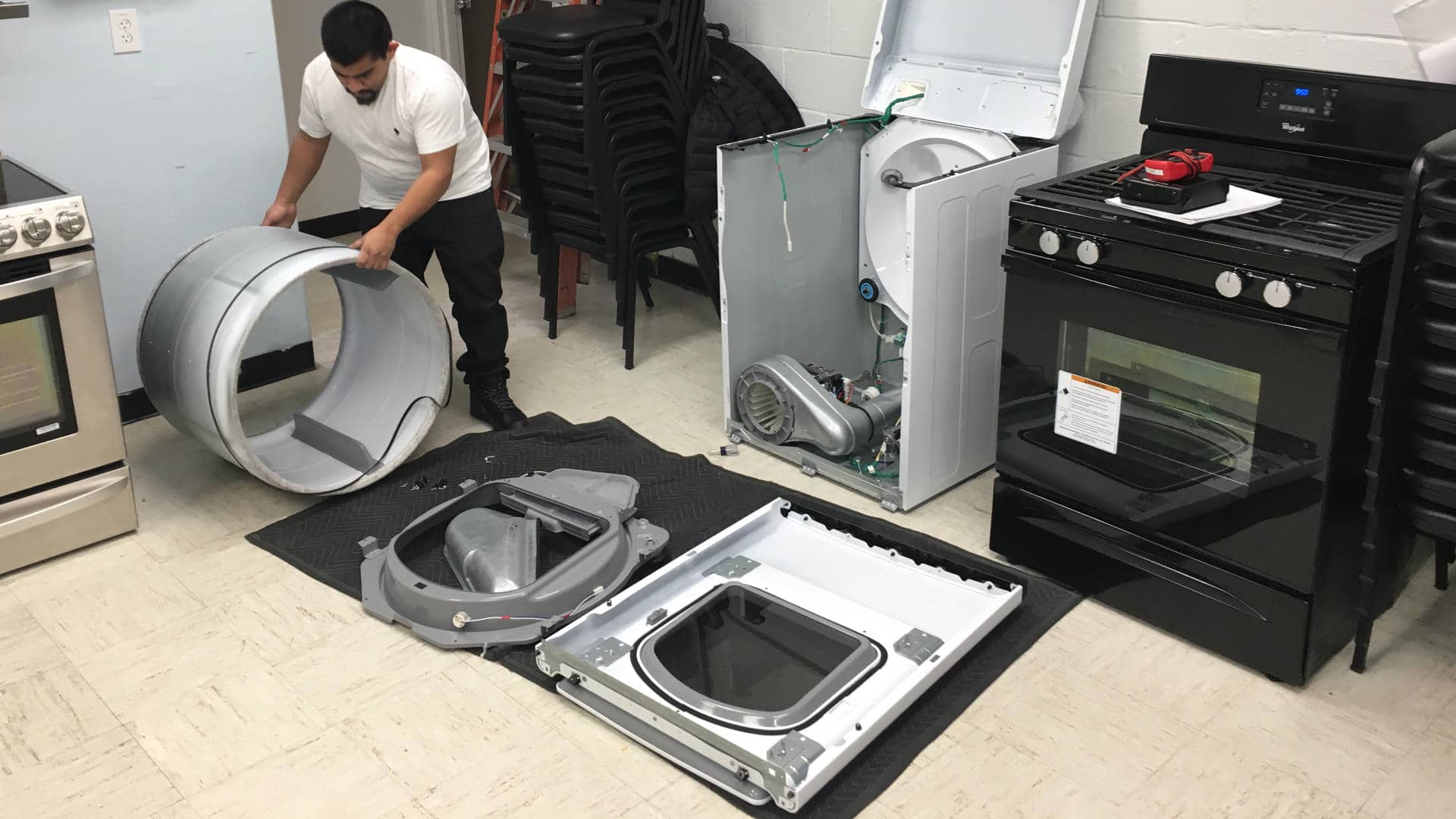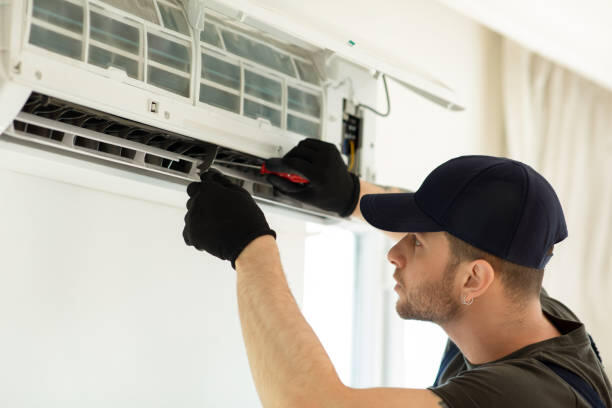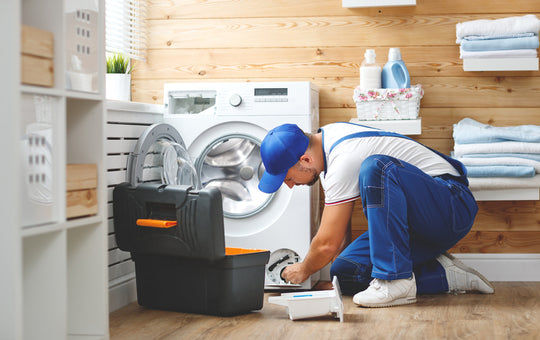How is the Refrigerator Door Adjusted?
The refrigerator door is a gateway to freshness in our homes, but what happens when it starts misbehaving? A misaligned or improperly sealed refrigerator door can lead to energy inefficiency and compromised food storage. Fear not! In this comprehensive guide, we'll delve into practical solutions for adjusting your refrigerator door at home. Whether it's a slight misalignment or a stubborn sealing issue, understanding how to tackle these problems can save you both energy and frustration in the long run.
Signs of a Misaligned Refrigerator Door
Recognizing signs of a misaligned refrigerator door is the first and crucial step towards maintaining the optimal functionality of your appliance. Subtle indicators can help you pinpoint potential issues before they escalate into more significant problems.
Unusual noises emanating from the refrigerator are often an early warning sign. If you notice creaking, squeaking, or other atypical sounds, it's a cue to investigate further. Temperature fluctuations inside the fridge can also be indicative of a misaligned door. An improperly sealed door allows cold air to escape, leading to inconsistent temperatures and potential food spoilage.
Visually inspecting the refrigerator door is equally essential. Visible gaps around the door edges or uneven alignment with the main body of the fridge are clear signs of misalignment. Run your hand along the edges to feel for any drafts, as these drafts signify compromised sealing, impacting both energy efficiency and the longevity of your groceries.
By staying vigilant and recognizing these signs early on, you empower yourself to take proactive measures. Addressing misalignment promptly not only ensures the refrigerator's optimal performance but also contributes to energy savings and prevents potential damage to both the appliance and its contents. Understanding these signs is akin to having a conversation with your refrigerator, allowing you to respond effectively and keep it running smoothly.
Essential Tools for DIY Door Adjustment
Embarking on a do-it-yourself (DIY) journey to adjust your refrigerator door requires the right tools for the job. Assembling a toolkit with the essential instruments ensures a smooth and effective adjustment process, allowing you to take control of your appliance maintenance.
Screwdrivers: A set of screwdrivers, both flathead and Phillips, is fundamental for most DIY appliance adjustments. These versatile tools help you tighten or loosen screws as needed, facilitating adjustments to the refrigerator door.
Adjustable Wrench: An adjustable wrench is indispensable for tasks requiring a secure grip. It comes in handy for tightening or loosening bolts and nuts, offering precision in adjusting various components of the refrigerator door.
Hex Key Set: Also known as Allen wrenches, a hex key set is essential for appliances that use hexagonal socket screws. These tools provide the torque needed for adjustments and are commonly used in refrigerator door hinge alignments.
Level: Ensuring that the refrigerator door is perfectly aligned requires a level. This tool helps you confirm whether the door is plumb or level, guiding you through the adjustment process with accuracy
Rubber Mallet: For stubborn adjustments, a rubber mallet can be used to gently tap components into place without causing damage. It's especially useful when dealing with door seals or hinges that need a bit of persuasion.
Putty Knife: A putty knife is handy for tasks like prying or scraping, aiding in the adjustment of seals and gaskets without causing damage to the refrigerator's surfaces.
Understanding the role of each tool in your DIY toolkit is crucial for a successful door adjustment. These tools empower you to make precise modifications, ensuring that your refrigerator door is not only aligned correctly but also functioning optimally. By investing in these essential tools, you not only save on repair costs but also gain the confidence to undertake various appliance maintenance tasks with ease.
Step-by-Step Guide to Aligning Your Refrigerator Door
Embarking on the journey to align your refrigerator door becomes a manageable task with a systematic, step-by-step approach. Begin by assessing the current state of the door – identify visible gaps, uneven alignments, or any peculiar noises. Utilize the essential tools assembled in your toolkit to make precise adjustments.
Start with the screws and bolts securing the hinges, ensuring they are snug but not overtightened. Utilize the level to confirm that the door is plumb and adjust as necessary. Pay attention to both the vertical and horizontal alignment for a comprehensive adjustment.
If your refrigerator features adjustable hinges, use the appropriate tools to modify the positioning. Gently tap with a rubber mallet for stubborn adjustments, maintaining a cautious approach to prevent damage. Throughout the process, regularly check the alignment to achieve the desired result.
By following this step-by-step guide, you not only restore proper alignment to your refrigerator door but also gain valuable insights into basic appliance maintenance. The satisfaction of a well-aligned door awaits as you navigate each step with precision and care.
Fixing Sealing Issues for Enhanced Efficiency
A properly sealed refrigerator door is integral to its efficiency and energy conservation. If you've noticed drafts, visible gaps, or difficulty in closing the door, it's time to address sealing issues.
Begin by inspecting the rubber gasket that lines the edges of the door. Wipe it down with a mild soapy solution to remove any dirt or debris that may hinder the seal. If the gasket is damaged, consider replacing it to ensure a proper seal.
Check for any obstructions along the door's edges that may interfere with a tight closure. Adjust or clear away any items that impede the door's proper sealing. Additionally, inspect the hinges and ensure they are secure, as loose hinges can lead to misalignment and compromised sealing.
By taking these steps to address sealing issues, you enhance the efficiency of your refrigerator. A well-sealed door not only preserves the freshness of your groceries but also contributes to energy savings, making your appliance more eco-friendly and cost-effective.
When to Call in the Pros: Signs You Need Professional Help
While DIY adjustments can resolve many refrigerator door issues, there are instances where professional expertise becomes essential. Recognizing the signs that indicate it's time to call in the pros is crucial for efficient problem resolution.
Persistent issues despite your best efforts, unusual sounds that hint at internal problems, or visible damage that exceeds your DIY capabilities are clear signals for professional intervention. If you lack the specific tools or technical knowledge required, seeking expert help ensures a comprehensive diagnosis and effective resolution.
Professionals can quickly identify underlying issues, such as motor problems or electrical malfunctions, and implement precise solutions. Knowing when to call in the pros not only saves you time and potential frustration but also safeguards the long-term health of your refrigerator.
Preventive Maintenance Tips for Long-Term Success
Preventive maintenance is the key to ensuring your refrigerator operates at peak performance throughout its lifespan. Integrate these practical tips into your routine to extend the longevity of your appliance and reduce the likelihood of future issues.
Regularly clean the coils at the back of the refrigerator to enhance its cooling efficiency. Keep the interior clean, disposing of expired items promptly to prevent odors and maintain optimal storage conditions. Check and replace water filters as recommended to ensure the quality of water and ice.
Periodically inspect and tighten screws and bolts, especially those securing hinges, to prevent misalignments. Keep an eye on the rubber gasket, wiping it down and checking for wear and tear. Additionally, maintain proper clearance around the refrigerator to facilitate proper airflow and cooling.
By incorporating these preventive maintenance tips, you not only avoid potential problems but also maximize the lifespan of your refrigerator. A little proactive care goes a long way in ensuring the continued efficiency and reliability of this essential household appliance.
